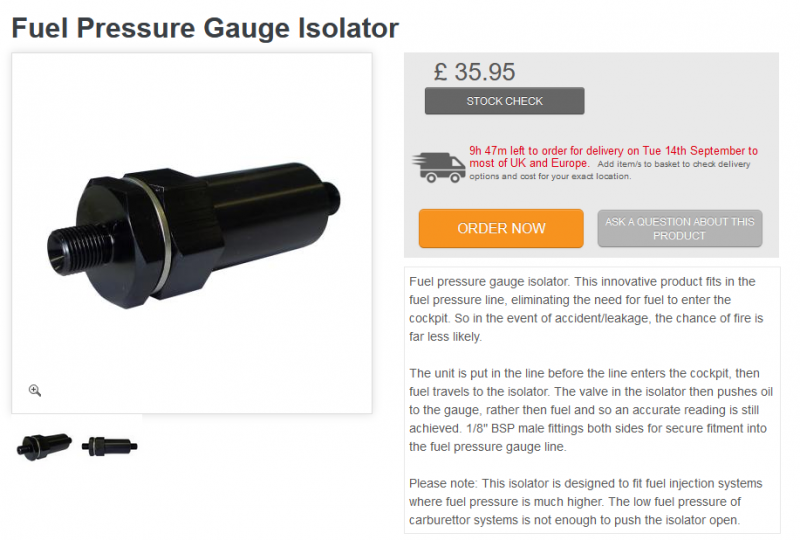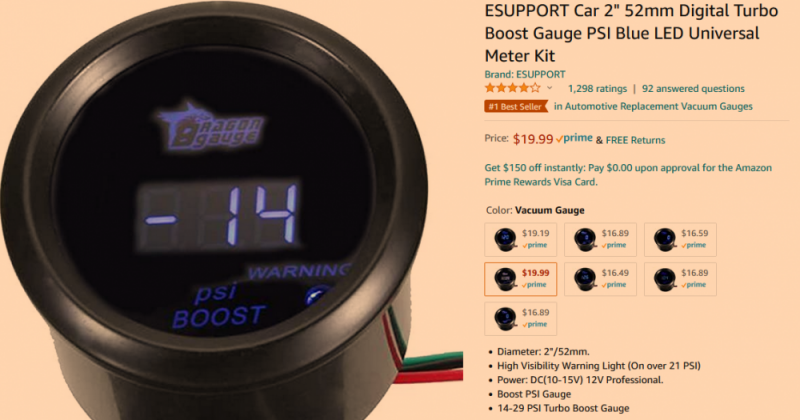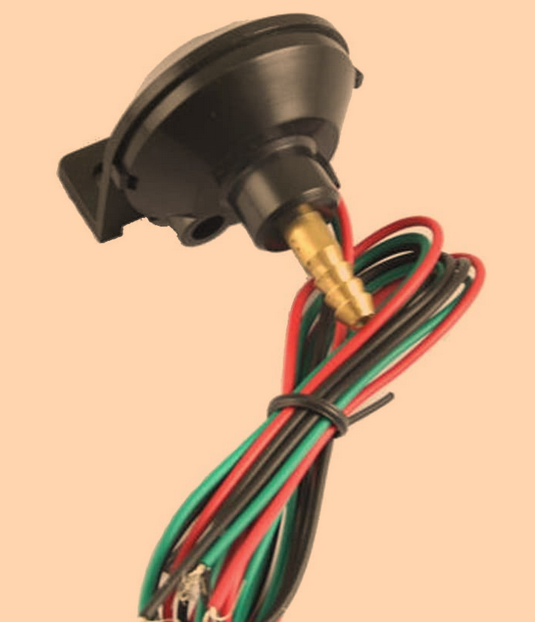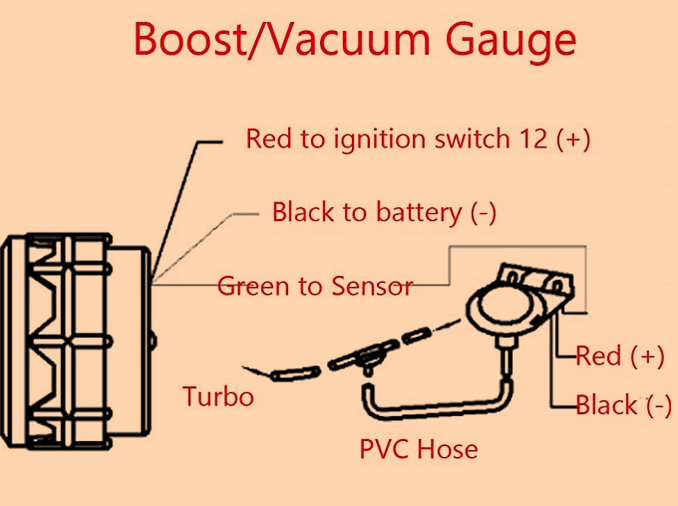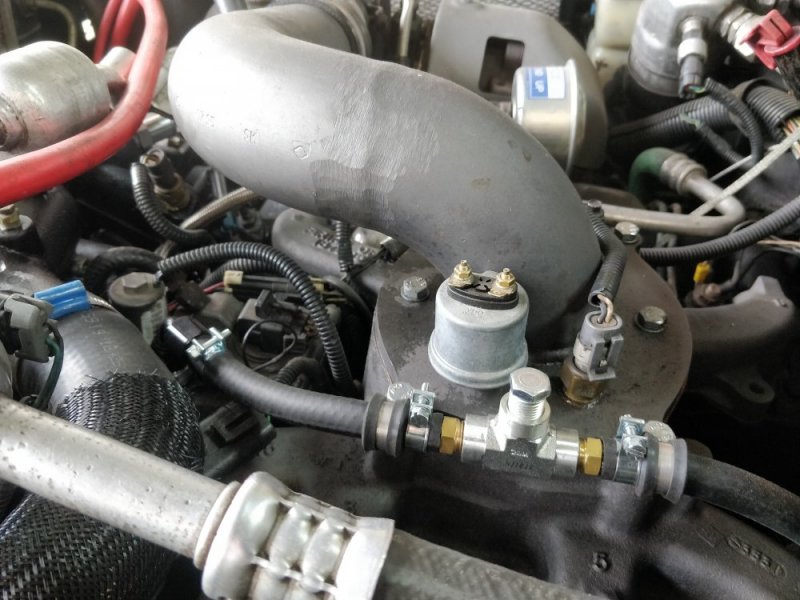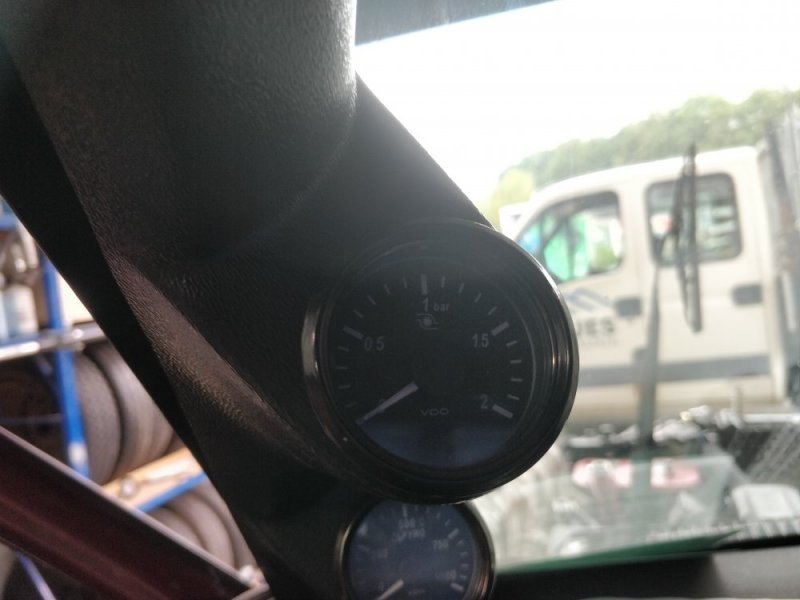jrsavoie
Recruit
I have always wished there was a fuel pressure gauge kit to buy.
Coupled with a Feed the beast kit would be great.
Or at least a complete parts list with links.
This from the other thread might be a good start.
Coupled with a Feed the beast kit would be great.
Or at least a complete parts list with links.
This from the other thread might be a good start.

